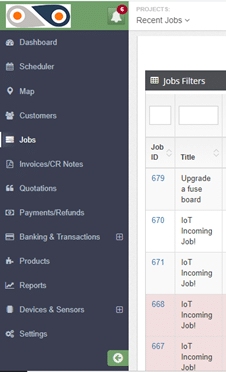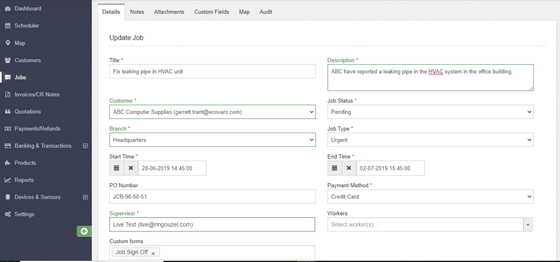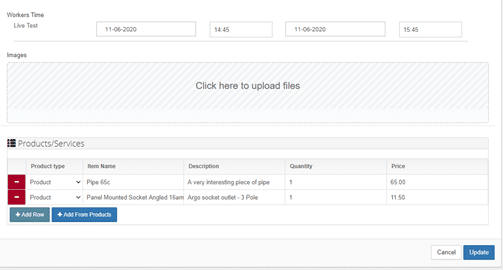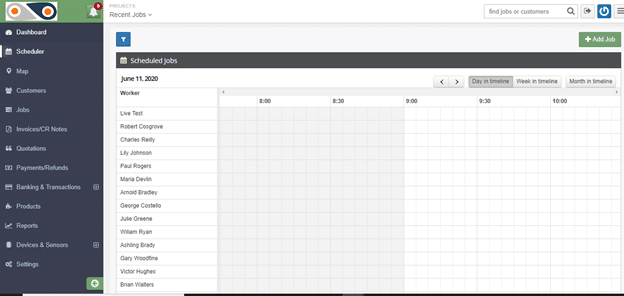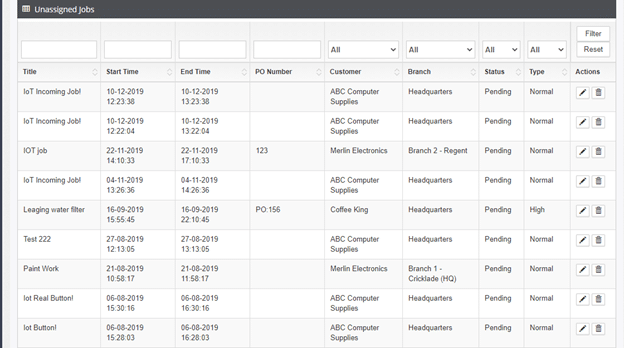Are you ready to outsource? Do you even need to outsource? We’ll help you answer those and other questions regarding outsourcing and your company.
Once we’ve determined that outsourcing will render your organisation more focused on your core competencies, more cost-effective, and more flexible, we’ll offer you the full spectrum of our services. Our specialists can assist you in every stage of the entire outsourcing life-cycle.
Starting from evaluating what can be outsourced, through finding the right outsourcing service provider, building the contract and agreements, getting everything in place, and managing the outsourcing relationship – we’ll be with you every step of the way.
Learn more about some of the outsourcing services we offer:
Outsourcing Contracts and Agreements
When an outsourcing project fails, both customer and service provider are quick to put the blame on the other party. But in most cases, the actual culprit was really just sitting there since day one – a poorly planned and implemented agreement.
We understand how costly and disruptive a failed outsourcing project can be for your business. That is why we put utmost attention to each contract and SLA (Service Level Agreement) that our customers enter into. This always reduces the likelihood of having unmet expectations, one of the major reasons why some outsourcing relationships fail.
We make sure that each agreement is fair, not only for our customers but also for the service providers themselves. Why? Because a disadvantaged provider will most likely end up delivering poor service as an offshoot of efforts to improve its profitability and ROI.
To accomplish this, we’ll thoroughly assess the infrastructure, resources, and expertise of your potential service provider to ensure they have the capability to meet your expectations. We’ll also make sure that their expectations are realistic and clear to you as well.
Here’s what you can expect from us when we start managing your outsourcing contracts and agreements:
- A thorough assessment of your specific needs and the service provider’s profile to determine whether you have the right match before proceeding with any agreement.
- Professional assistance when the time comes for you to discuss the scope of work, expected service levels, and when negotiating for appropriate pricing. We’ll also help you set up provisions for possible changes in the scope later on.
- Expert counsel during drafting and finalisation of the contract and Service Level Agreements. Whenever applicable, we’ll help you propose penalties whenever service levels are not met and rewards when they are exceeded.
- Regular reviews to determine whether everything agreed upon in the past, like pricing and service levels, are still realistic or competitive enough in view of current technological advancements and the prevailing social and economic environment.
- Mediation expertise whenever the outsourcing project appears to be falling apart. We’ll work with you and the service provider to resolve conflicts and avoid the expensive exercise of having to terminate the contract. But if the best solution is to part ways, we’ll make sure you make an exit with the least disruption, missed opportunities and financial loss.
Application Outsourcing
I’m sure you’ve come to realise that to gain competitive advantage these days, you really need to invest in IT applications.
There are applications for enhancing your customer relationships, speeding up production, streamlining processes, advancing collaboration, protecting your systems from malware and many more. Selecting the right application, testing it, implementing it into your system, and then managing it can deviate resources which would have otherwise been used in other areas to build business value, increase profits, and enhance innovation.
Wouldn’t it be nice to unload yourself of the management processes which usually accompany IT applications? Actually, you can – through application outsourcing. Application outsourcing providers possess the expertise to either partially or fully assume responsibility of your IT applications.
Our job is to see to it that you link up with the provider who can best answer your needs. The overall proficiency of these providers spans both proprietary and opensource solutions, allowing them to cater to a wide range of preferences and budgetary limits. At the very least, they can provide professional support for well established applications.
If needed, they can develop applications for your organisation, taking charge of every step in the system development life-cycle: starting from system initiation, requirements analysis, through design, construction, acceptance and eventually to implementation.
Here are some of the benefits you can enjoy once we start managing your application outsourcing initiatives:
- Freedom from time-consuming tasks such as installations, upgrades, configurations and repairs.
- Reduced total cost of ownership (TCO).
- 24/7 support from well-trained personnel. This can substantially cut downtimes caused by inexperienced troubleshooting.
- The option to have your applications housed in more secure and reliable environments with much higher availability and much lower planned/unplanned downtimes.
- Dedicated specialists who can focus on providing better regulatory compliance and risk mitigation initiatives.
Infrastructure Outsourcing
Keeping up with the competition nowadays usually requires technological advancements as well as the capability to manage and maintain the infrastructure that has to support them. These undertakings can suck your resources dry.
If you’re looking to reduce costs even while improving the performance of your networks, servers, databases, firewalls, desktops and mobile devices, you might want to consider IT infrastructure outsourcing among your top options. Infrastructure outsourcing service providers have the resources dedicated to a stable, secure, scalable and always available IT infrastructure.
Typical service provider facilities include data centrers equipped with high-speed networks, reliable power, dependable security, as well as provisions for upgrades, consolidation, disaster recovery, or even business continuity.
These providers employ specialists and staff who can manage and maintain all of these for you. While your provider juggles your core IT-related tasks, you can keep your eye on the ball and refocus on your company’s business goals.
Here are some of the benefits you can enjoy out of infrastructure outsourcing:
- Freedom from time-consuming tasks such as installations, upgrades, configurations and repairs.
- Since service providers, who are expected to have better horizontal and vertical scalability, will deal with the technological intricacies, your company’s strategic development initiatives can proceed unhampered.
- Greatly reduced electricity expenses as a result of consolidation.
- Easier, faster, cheaper, and more reliable disaster-recovery solutions through virtualisation.
- Lesser risks of disruptions caused by power outages, cyber attacks, or Internet connection downtimes.
Business Process Outsourcing
With the sheer number of business processes your company has to attend to, it wouldn’t be surprising if you rarely have room to innovate.
Through business process outsourcing, we can free a considerable part of your financial and manpower resources which are currently focused on routine activities. With more resources to drive innovative initiatives, you’ll be able to accelerate production, improve customer service, enhance overall business value, and arrive at a stronger bottom line.
Some of the business processes that may be outsourced include data entry, finance and accounting, form processing, procurement, and HR, among others. If you’re interested in finding answers to the what, how, who, and where of BPO, specific to your organisation, we’ll be happy to enlighten you.
Here are some of the benefits you can enjoy once we start managing your BPO initiatives:
- Professional guidance to ensure that your BPO undertakings will really result in substantial savings and significant improvements to your organisation’s business value.
- Careful monitoring of service levels to ensure faster turnaround, accurate data, and high quality outputs.
- Expert evaluation of information handling processes to guarantee full confidentiality.
- Professional and unbiased management dedicated to establishing a strong, reliable, and fruitful relationship between you and your provider.
